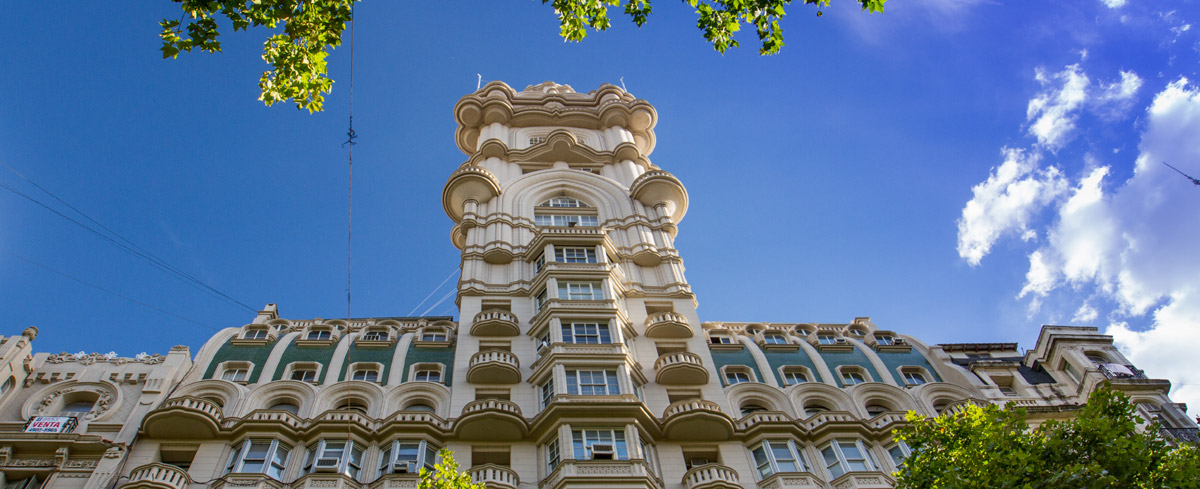Avenida de Mayo is one of the grandest and most important in Buenos Aires, leading from Plaza de Mayo with the pink government palace Casa Rosada at one end, to Argentina’s National Congress building at the other. The avenue, officially inaugurated in 1894, is just under a mile long and it’s worth walking the entire length to take the city’s history. Here are some of the attractions you’ll pass on the way.
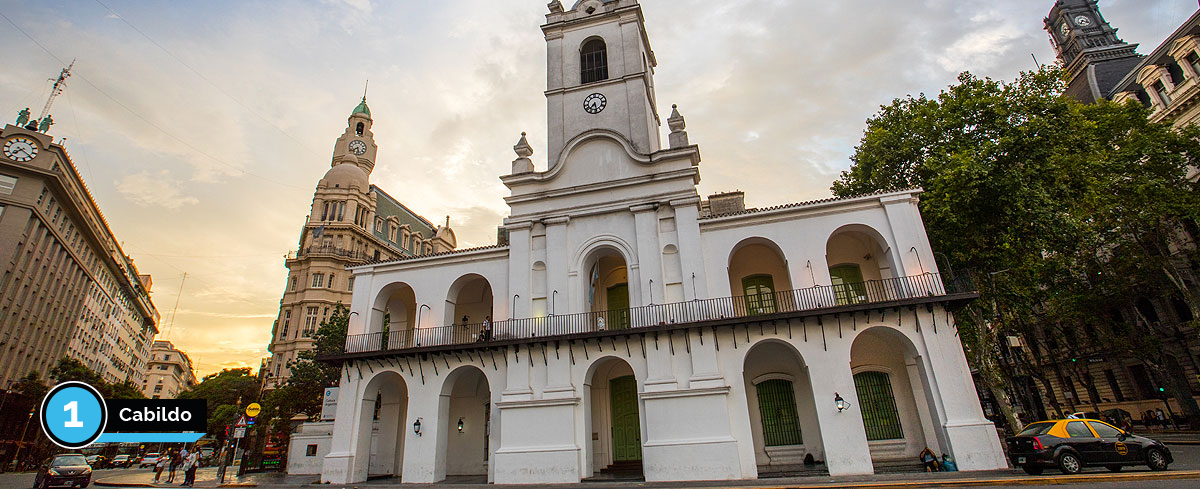
Address: Bolívar 65.
The Cabildo, facing Plaza de Mayo itself, is the city’s old colonial town hall where Argentina’s war of independence from Spain began. The building predates Avenida de Mayo; in fact, part of the building was demolished to make way for the avenue, but the main body of the historic landmark remains intact as a fine example of colonial architecture.
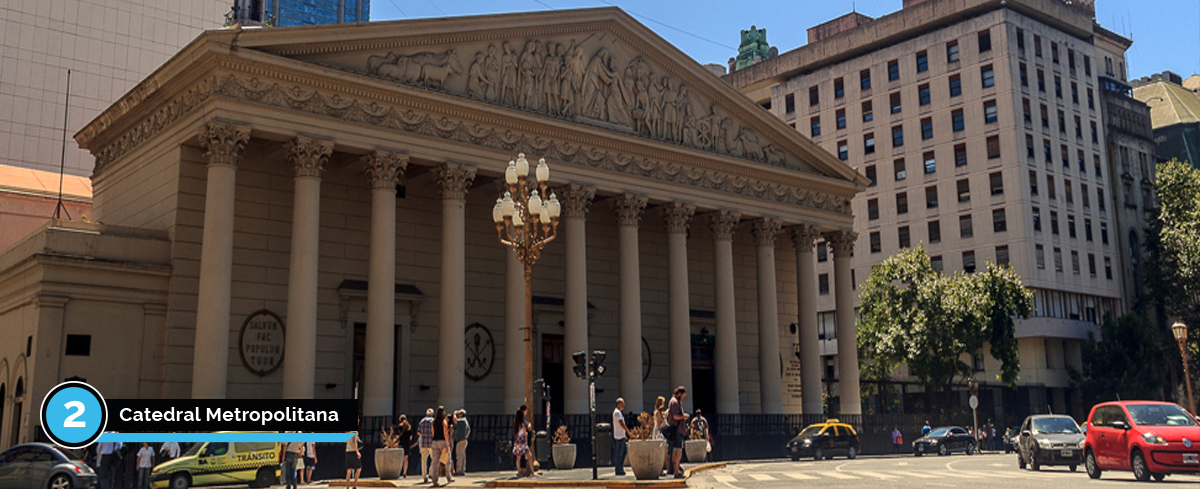
Address: Rivadavia, no number.
Also in Plaza de Mayo, on your right as you head towards Avenida de Mayo, the Metropolitan Cathedral is the most important Catholic site in Argentina, where Pope Francis officiated as Archbishop of Buenos Aires. Take a peek at independence hero General San Martín’s mausoleum inside.
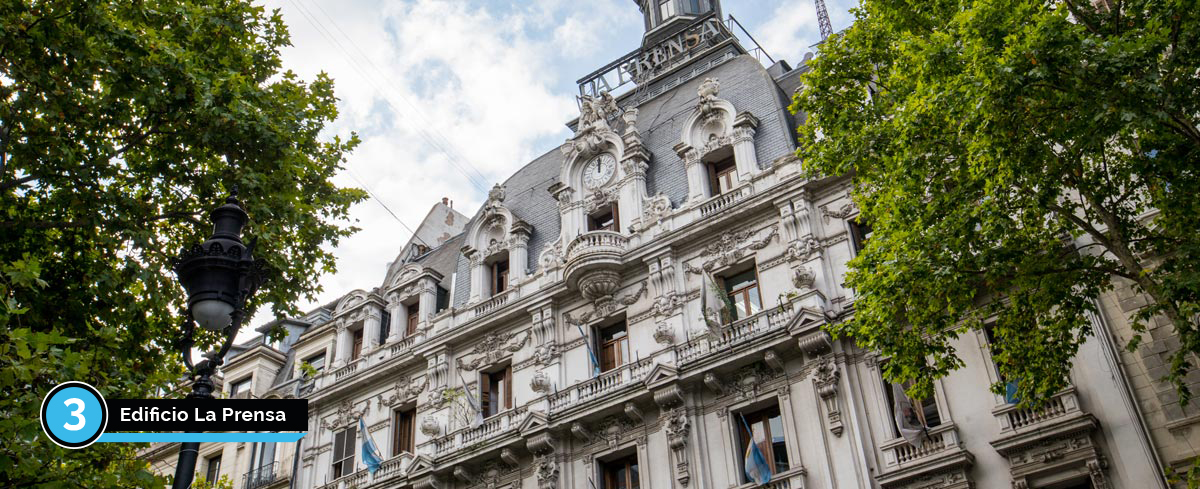
Address: Avenida de Mayo 575.
On Avenida de Mayo itself, La Prensa building is so named because it was built as the headquarters of La Prensa newspaper in 1898. It’s a great example of Parisian Beaux-Arts architecture and today houses the city’s Ministry of Culture. See if you can spot the statue of Pallas Athena, the goddess of wisdom.
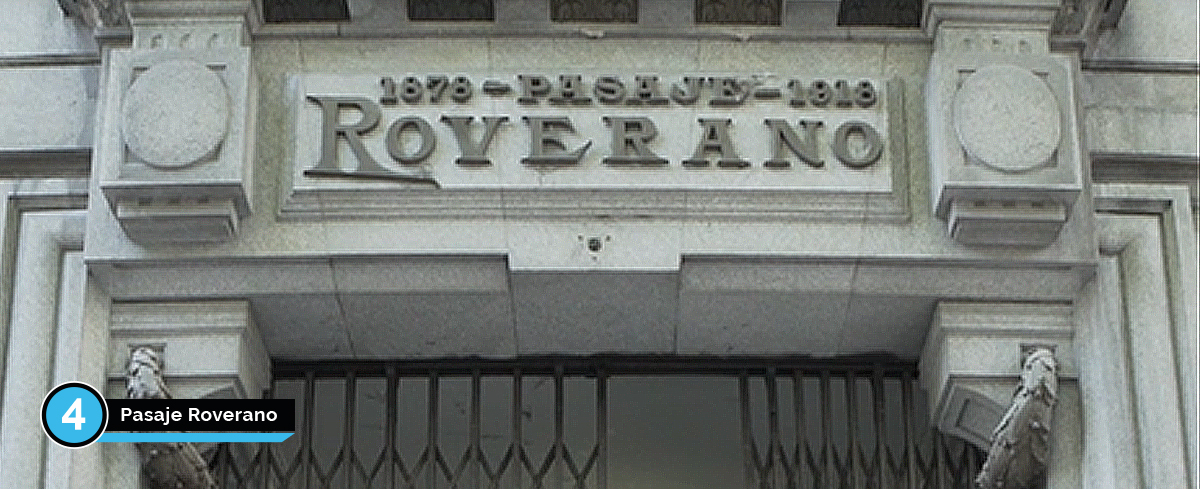
Address: Avenida de Mayo 560.
On the opposite side of the Avenue, Pasaje Roverano is a curious passageway connecting Avenida de Mayo to the parallel street Hipólito Yrigoyen. It’s a place where little seems to have changed over the years at a construction that dates back to 1918. A couple of curiosities to look out for: the hairdresser’s where Pope Francis used to get his hair cut, and the building's very own entrance to the subway system through the basement.
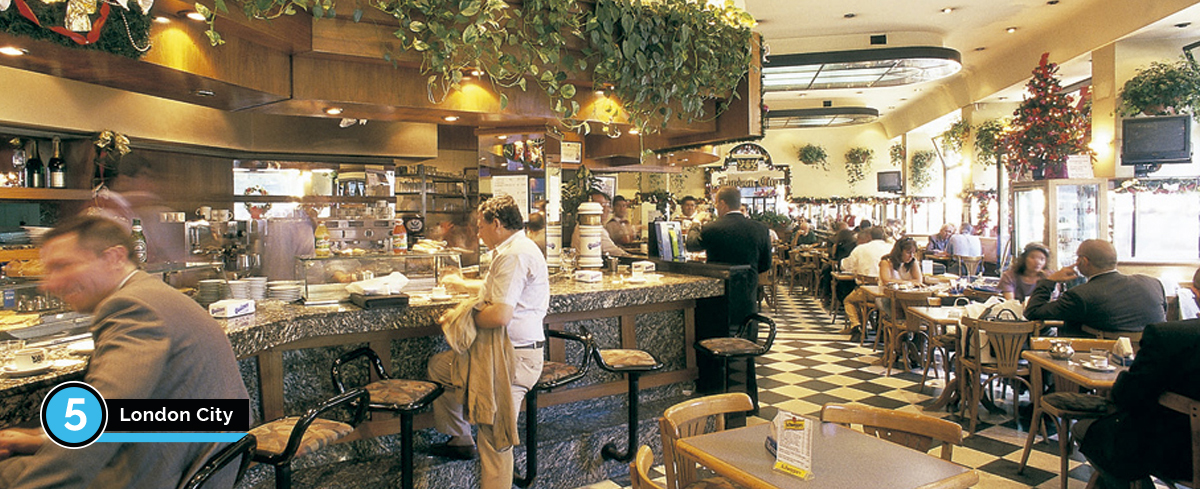
Address: Avenida de Mayo 591.
Back on the other side of the road is London City. This historic cafe has borne witness to the frenetic bustle on Avenida de Mayo since 1954. It was one of author Julio Cortázar’s favourite spots to have a coffee while he wrote, and the cafe still has a table dedicated to him.
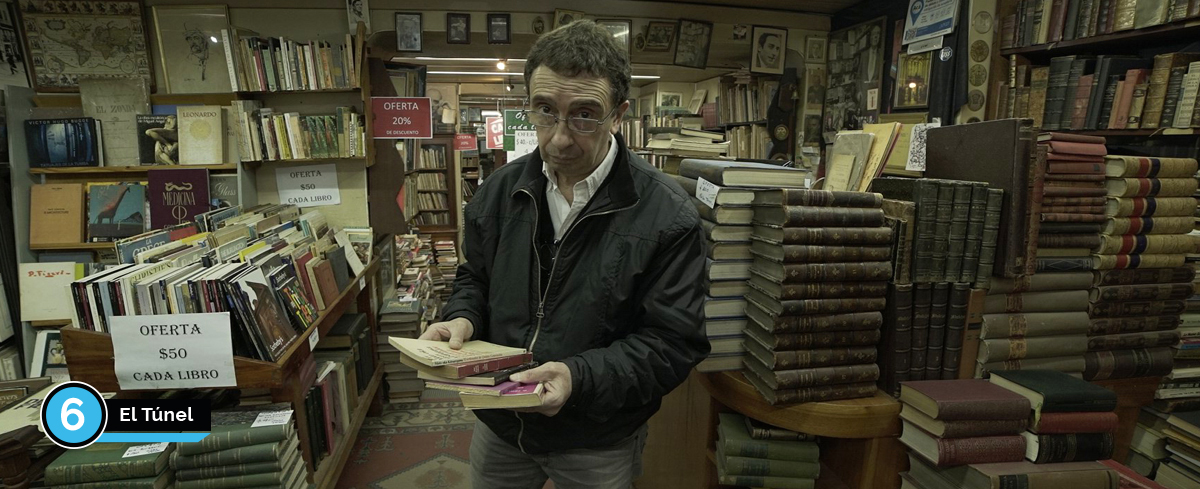
Address: Avenida de Mayo 767.
El Túnel is a favourite among bibliophiles in a city that has more bookstores per capita than any other. Located in the former Palacio Vera, a building that’s been declared part of the city’s cultural heritage, it specialises in collectors’ items. Browse the shelves and see what rare finds you can dig out.
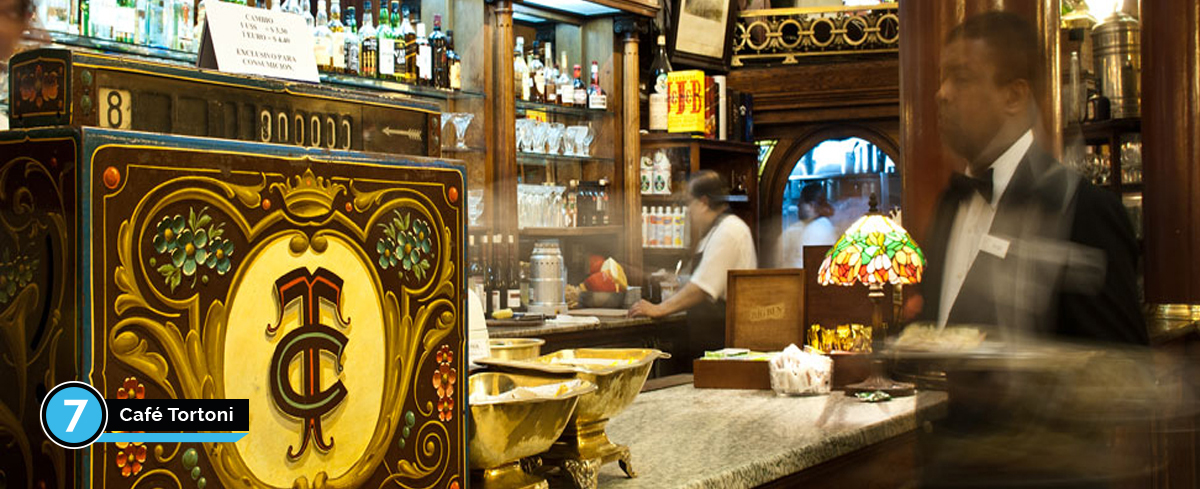
Address: Avenida de Mayo 825.
Cafe Tortoni is the oldest cafe still running in Buenos Aires. It was founded in 1858 and has stunningly maintained period decor. Stop by for a coffee or a glass of cider.
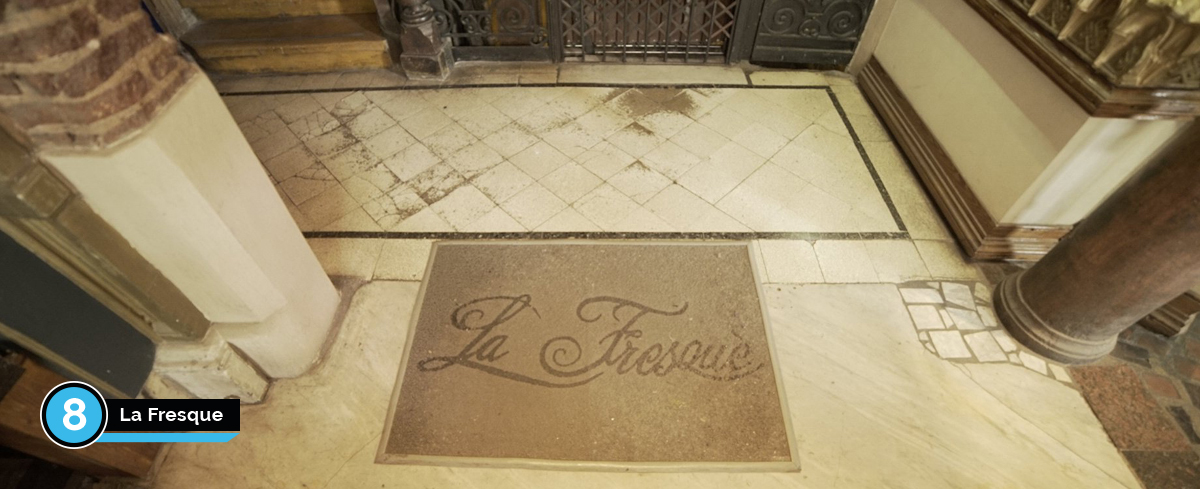
Address: Avenida de Mayo 984.
La fresque just before reaching Avenida 9 de Julio you’ll pass this building. It was built in 1903 at the peak of the boom in construction on Avenida de Mayo, originally as a rental property before being turned into a hotel. It was closed for more than 20 years before being restored.
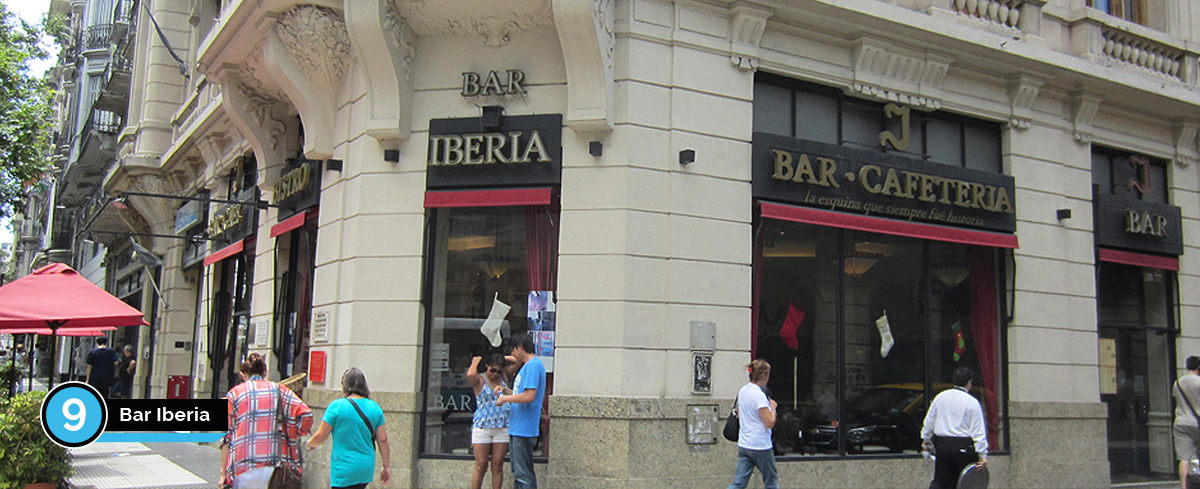
Address: Avenida de Mayo 1196.
Over on the other side of Avenida 9 de Julio, Bar Iberia is the second oldest cafe in the city, opening in 1897. It was the hangout for sympathisers with Republican cause during the Spanish Civil War. No matter what time you pass, you can stop for a coffee here. It’s open 24 hours.
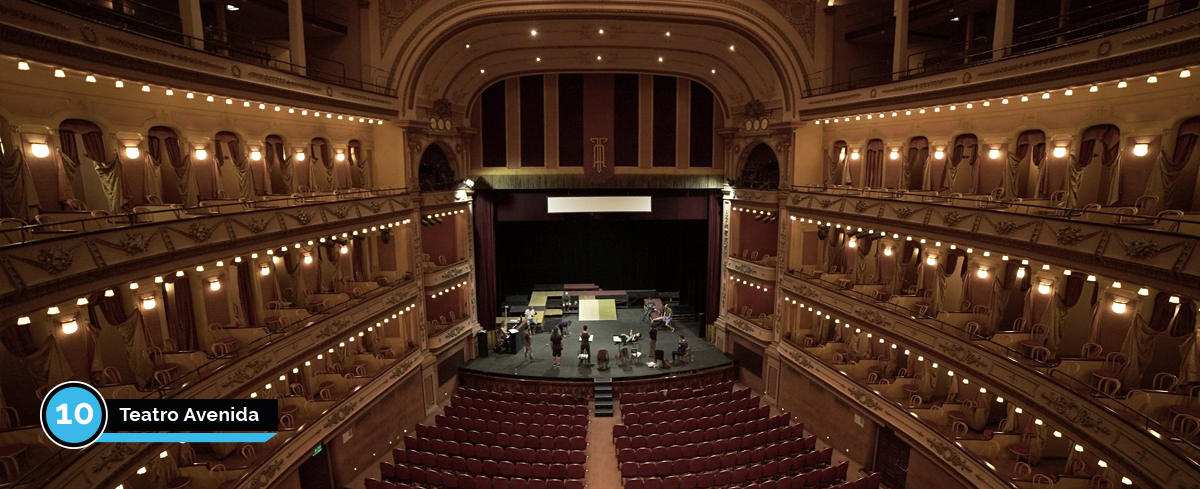
Address: Avenida de Mayo 1222.
Teatro Avenida on the next block is almost as old. It was opened by the city’s Spanish community in 1908 and became an icon of Avenida de Mayo, hosting theatre, opera and traditional Spanish zarzuelas. The building was finally restored in 1994 following a fire in 1979.
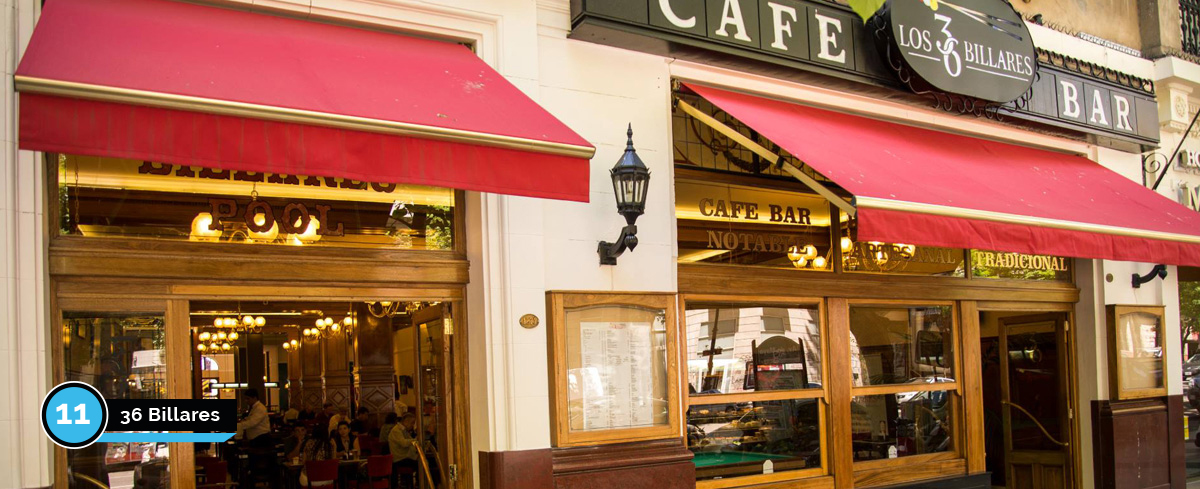
Address: Avenida de Mayo 1271.
36 Billares is as old as Avenida de Mayo itself. It was inaugurated in the same year as the avenue. Named after a brand of billiard table, it’s the city’s most important venue for the sport. Stop by for a slice of pizza as you watch the regulars cue up at the many billiards and pool tables.
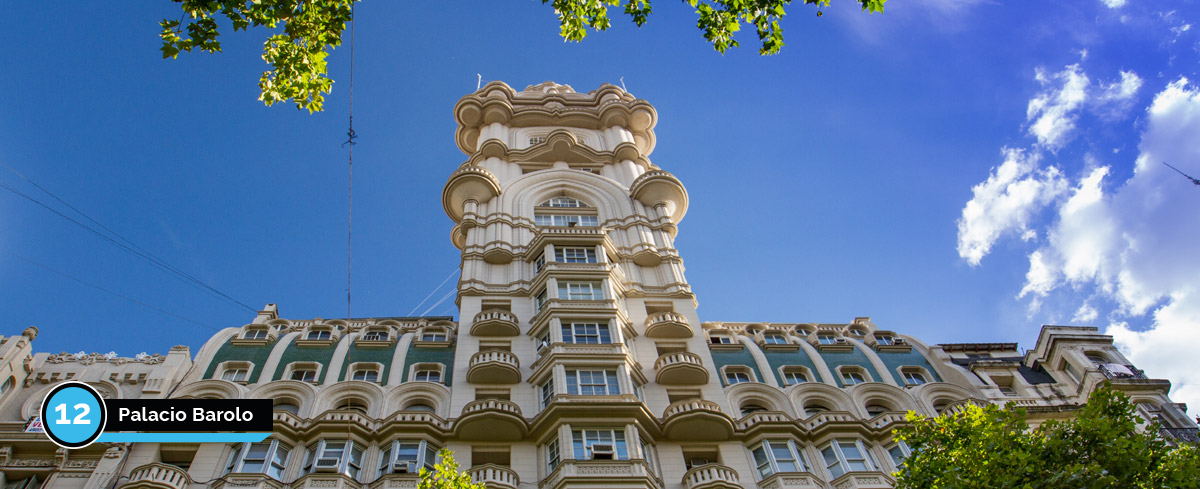
Address: Avenida de Mayo 1370.
On the next block, you can’t miss Palacio Barolo, which was the tallest building in the city when it was inaugurated in 1923. It’s famous for its Divine Comedy-inspired architecture and grand searchlight which was designed to be seen from a twin building on the other side of the Río de la Plata in Montevideo, Uruguay.
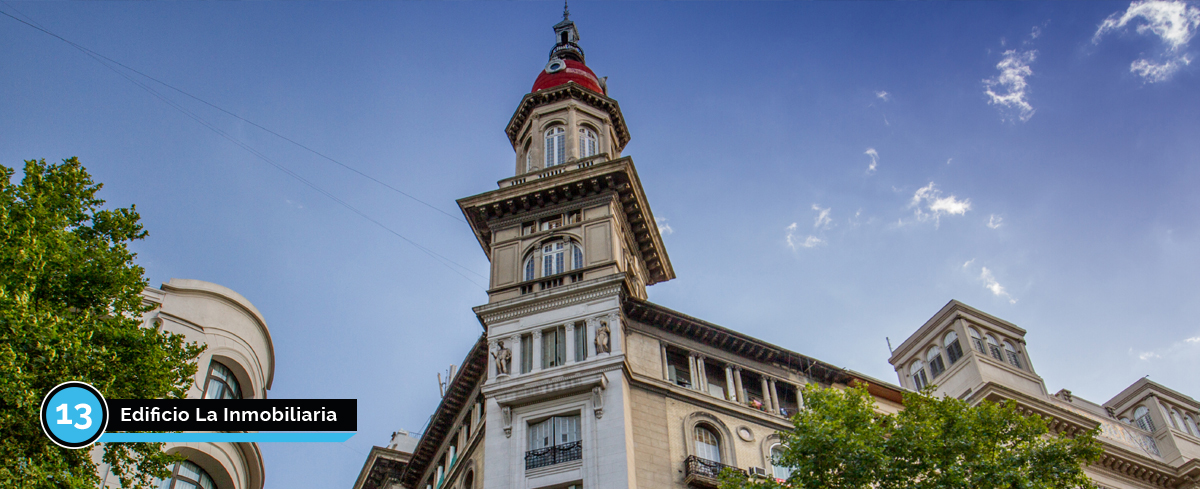
Address: Avenida de Mayo 1400.
Another grand building from the early 20th century is the Inmobiliaria building with its eclectic mix of styles, from Art Nouveau to neoclassical. It was built by the Inmobiliaria insurance company and inaugurated in 1910 during Argentina’s centenary celebrations. Look up to spot the twin red domes on either side of the building.
See more attractions in the neighbourhood of Monserrat.
